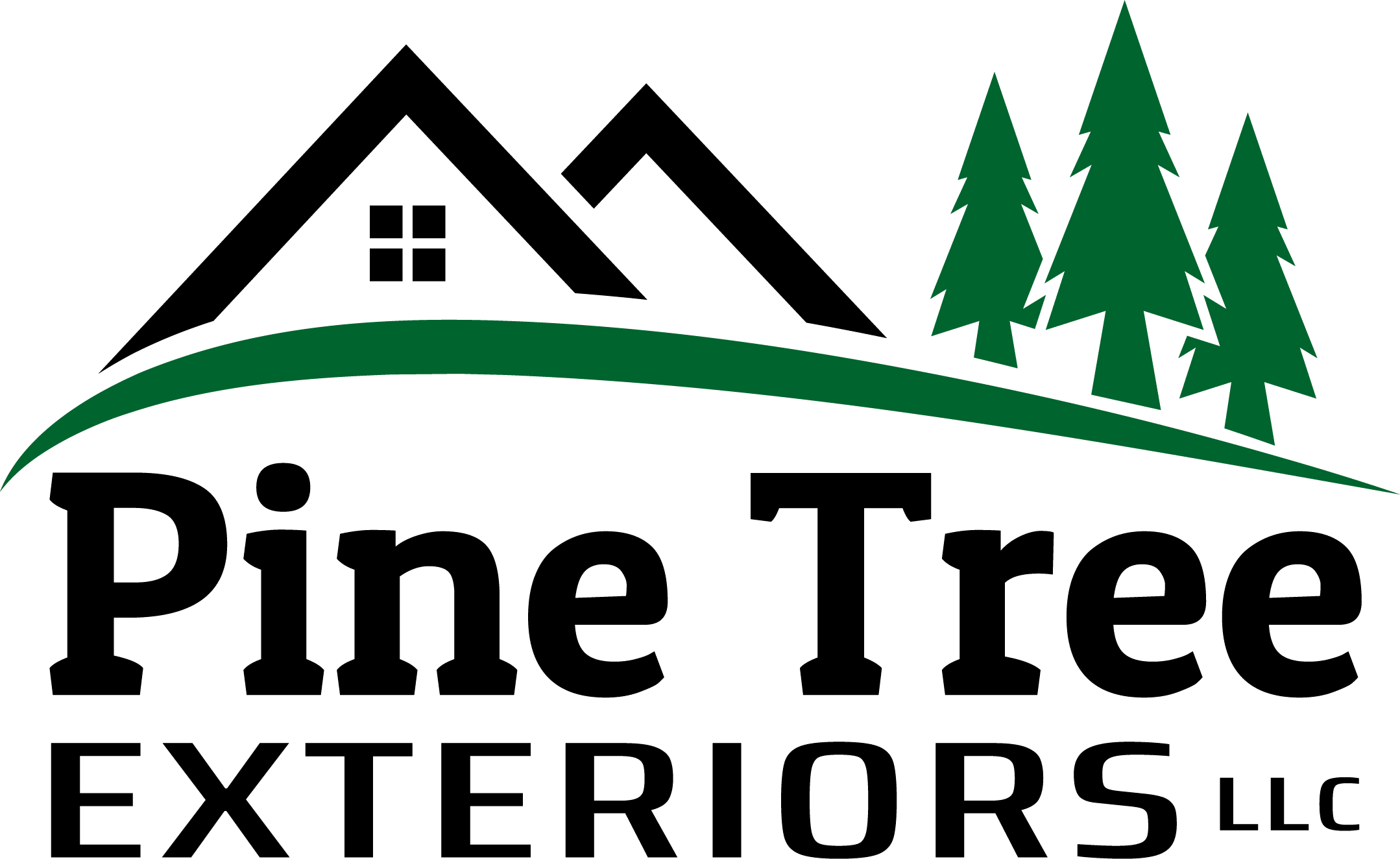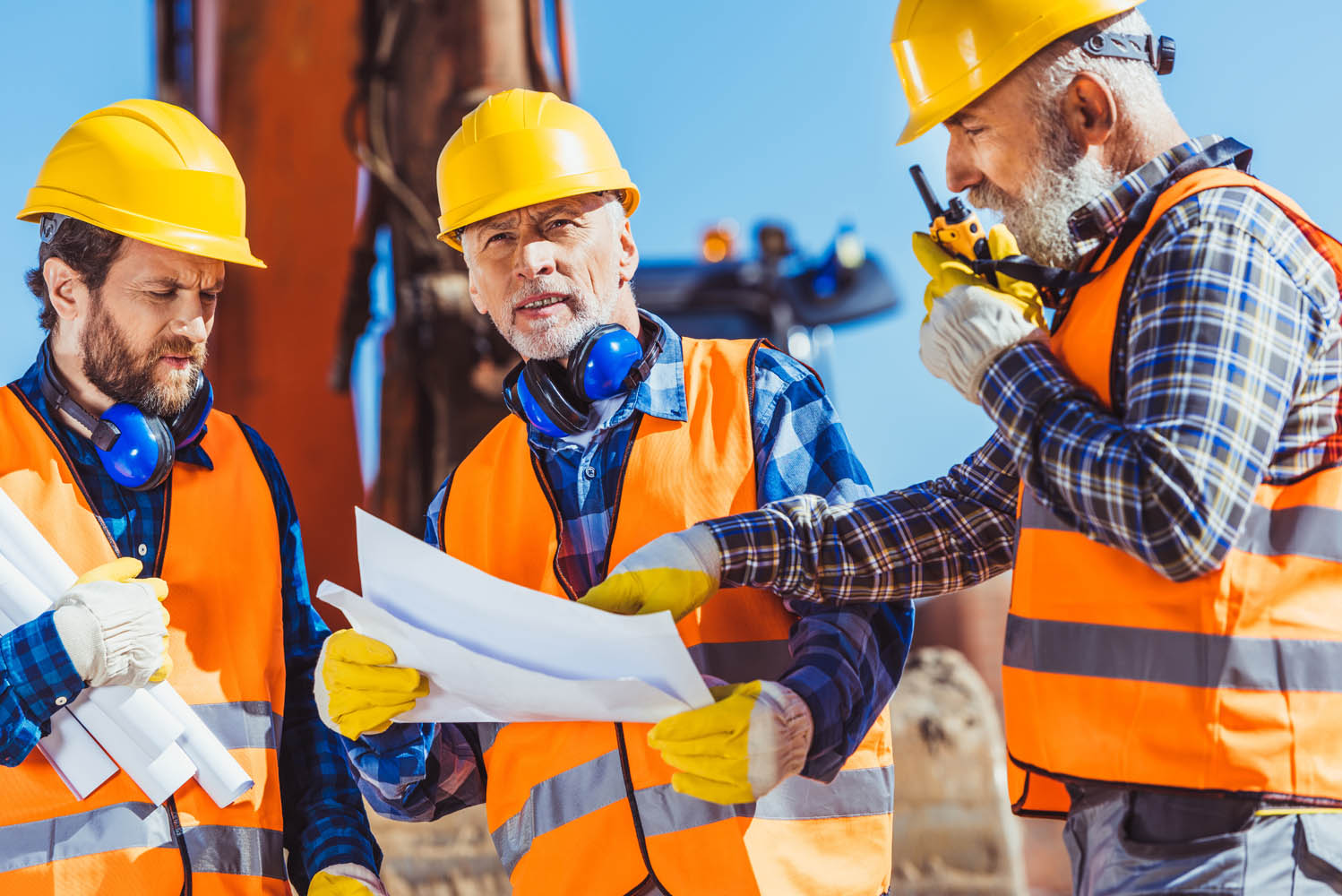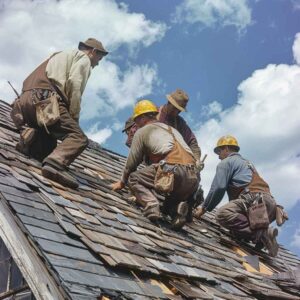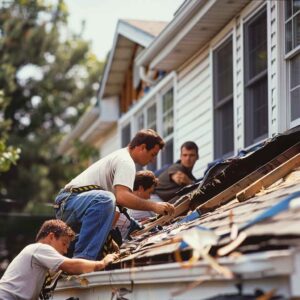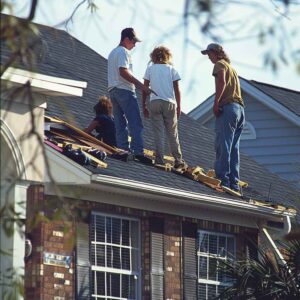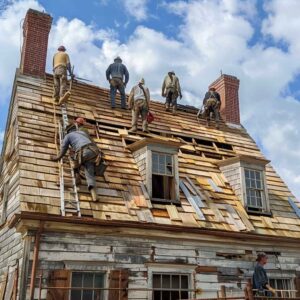When it comes to the structural integrity of a home, the importance of a well-maintained roof cannot be overstated. A home roofing inspection is crucial in ensuring a property’s long-term protection and value. Professional roofing specialist carries out a meticulous process that involves an initial assessment, visual inspection, evaluation of materials, identification of potential issues, and testing of roof performance. By adhering to a comprehensive procedure, experts can provide homeowners with a detailed report and valuable recommendations. The intricacies of how this inspection works and the potential risks that can be uncovered make it a topic that demands attention and understanding.
Initial Assessment and Visual Inspection
During the initial assessment and visual inspection process of a home roofing inspection, it is crucial to thoroughly examine the roof’s condition to identify any visible signs of damage or deterioration. This step is essential for ensuring the structural integrity and longevity of the roof. It is recommended to conduct regular roofing maintenance to prevent common roofing problems such as leaks, mold, and rot. During the visual inspection, the inspector will carefully examine the roof’s surface for any missing or damaged shingles, cracks, or signs of wear and tear. They will also check for proper flashing installation and inspect the gutters and downspouts for blockages or damage. Conducting a thorough visual inspection can identify potential issues early on, allowing for prompt repairs and preventing further damage to the roof.
Evaluation of Roofing Materials and Condition
To properly assess the roofing materials and condition, a thorough evaluation is necessary to determine their quality, durability, and any potential issues affecting the roof’s overall performance. Roofing material selection is a critical aspect of this assessment, as different materials have varying lifespans and characteristics that impact their longevity and resilience to weather conditions. The inspector will examine the materials used, such as asphalt shingles, metal, or tile, and assess their current condition, including signs of wear and tear, damage, or deterioration. They will also check for proper installation, ensuring the materials are correctly fastened and aligned. Additionally, the inspector will evaluate the roof’s overall condition, looking for structural issues, leaks, or areas requiring immediate attention. By thoroughly evaluating the roofing materials and condition, homeowners can make informed decisions regarding repairs, replacements, and maintenance to ensure the longevity and performance of their roofs.
Identification and Documentation of Potential Issues
The inspector meticulously identifies and documents any potential issues that may compromise the integrity and performance of the roof. This crucial step in the roofing inspection process ensures that all problems are properly recorded and can be effectively addressed. Here are three critical aspects of the identification and documentation process:
1. Thorough Examination: The inspector carefully inspects the entire roof, examining all areas for signs of damage, wear, or deterioration. This includes checking the shingles, flashing, gutters, vents, and any other roofing system components.
2. Detailed Documentation: The inspector takes detailed notes and photographs of any issues discovered during the inspection. This documentation shows the roof’s condition and helps create an accurate report.
3. Identification of Potential Problems: The inspector identifies existing problems and looks for potential issues that may arise in the future. By addressing these potential problems early on, homeowners can prevent costly repairs and extend the lifespan of their roofs.
Regular roofing inspections are of utmost importance as they help identify and document any potential issues, ensuring the roof’s integrity and performance are maintained over time.
Testing and Analysis of Roof Performance
Roof performance is rigorously tested and analyzed to ensure its durability, functionality, and ability to withstand various weather conditions. Regular testing and analysis are crucial for identifying potential issues and ensuring proper roofing maintenance and repair. One standard method used is visual inspection, where a trained professional examines the roof for signs of damage or wear. They look for cracked or missing shingles, sagging areas, or signs of water leakage. In addition to visual inspection, other advanced techniques, such as infrared thermography and moisture surveys, are employed to detect hidden problems like moisture intrusion or thermal inefficiencies. These tests provide valuable data that helps determine the roof’s overall condition, allowing for timely repairs and maintenance to extend its lifespan and protect the integrity of the entire building.
Comprehensive Report and Recommendations
Upon completion of the home roofing inspection, a comprehensive report and expert recommendations for any necessary repairs or maintenance will be provided. This report is an essential tool that helps homeowners understand the condition of their roof and plan for future maintenance or repairs. To ensure clarity and precision, the report will include the following:
1. Detailed Assessment: The report will provide a detailed analysis of the roof’s current condition, highlighting any existing damage or potential issues that may arise. This assessment will help homeowners understand the extent of the problems and the urgency of addressing them.
2. Cost Estimation: The report will include a cost estimation for the recommended repairs or maintenance and the assessment. This information allows homeowners to plan their budget accordingly and make informed decisions about the necessary actions.
3. Maintenance Tips: In addition to the recommendations, the report will also provide valuable maintenance tips to help homeowners prolong the lifespan of their roofs. These tips may include regular inspections, cleaning procedures, and other preventive measures that can minimize the risk of future damage.
